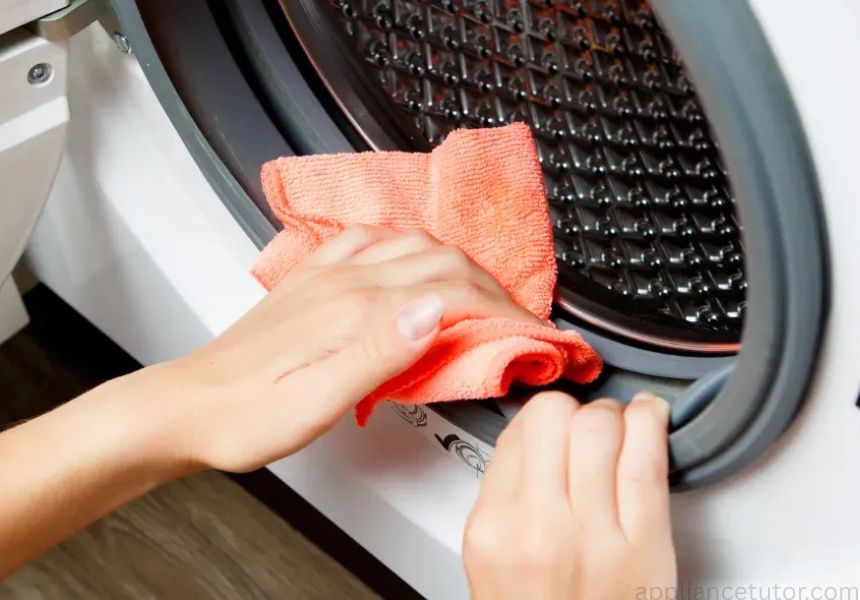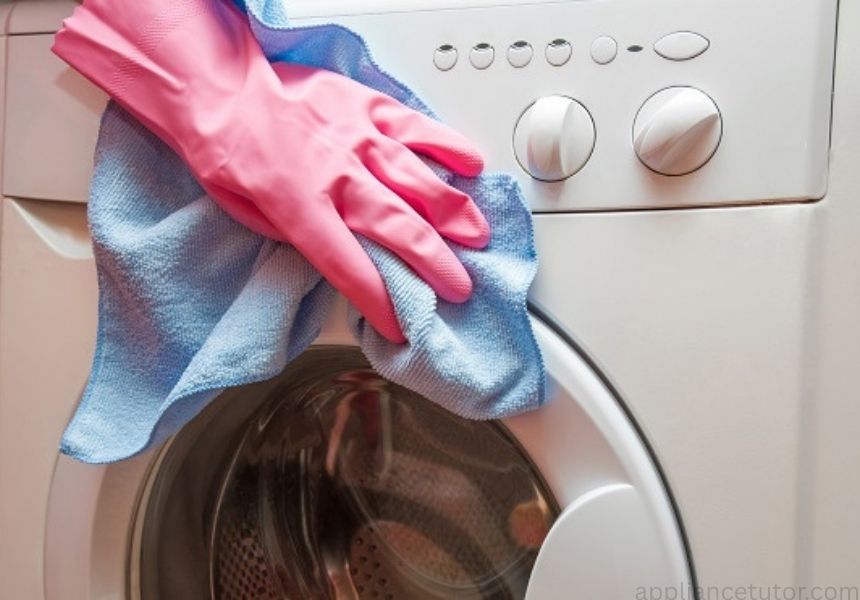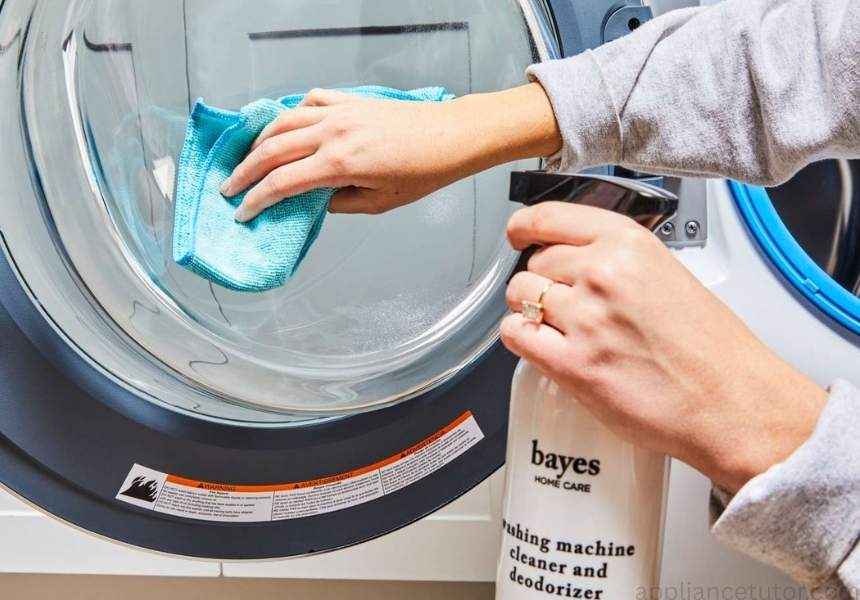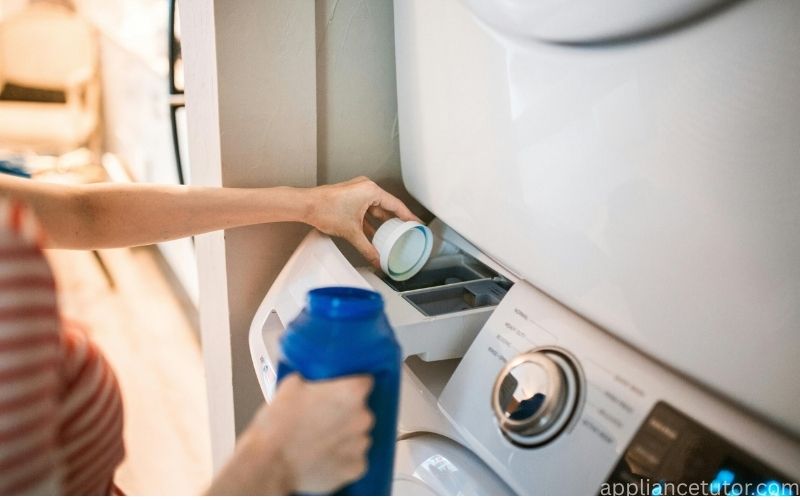Your washing machine works hard to keep your clothes fresh and clean, but how often do you return the favor? Neglecting to clean your washing machine can lead to musty odours, mold buildup, and even dingy laundry. Fortunately, keeping it in top shape is easier than you might think. In this comprehensive guide, we’ll explore how often you should clean your washing machine and provide a straightforward 5-step process to ensure it stays fresh and efficient. By following these steps, you’ll not only extend the life of your machine but also ensure your clothes come out spotless every time. Let’s dive in!
How Often Should You Clean Your Washing Machine?
To maintain optimal performance, clean your washing machine every 1-2 months, depending on how frequently you use it. For busy households with large families, pets, or frequent laundry loads, aim for a monthly cleaning. If you use your machine less often—say, for one or two people—every two months should suffice. However, certain signs, like a musty smell or visible residue on clothes, indicate it’s time to clean your washing machine sooner.
Additionally, consider your machine’s type. Front-load washers, for instance, are more prone to mold due to their sealed doors, so they may need more frequent attention than top-load models. Always check your manufacturer’s manual for specific recommendations, as some brands suggest unique cleaning cycles or products. By staying proactive, you’ll keep your machine running smoothly and your laundry fresh.
Why It’s Essential to Clean Your Washing Machine
You might wonder why cleaning a machine that’s constantly filled with soap and water is necessary. However, soap scum, fabric softener residue, and trapped dirt can accumulate in the drum, seals, and detergent drawers. Over time, this buildup fosters mold and mildew, which can transfer to your clothes, leaving them less than fresh. Moreover, a dirty washing machine works less efficiently, potentially increasing energy costs and leading to costly repairs.
Regularly cleaning your washing machine prevents these issues. It ensures your laundry smells clean, extends the machine’s lifespan, and maintains its energy efficiency. Plus, it’s a simple task that takes less than an hour in most cases. So, let’s get to the heart of this guide: a 5-step process to clean your washing machine effectively.
5-Step Guide to Clean Your Washing Machine

Follow these five easy steps to keep your washing machine sparkling clean and odor-free. Each step targets a specific area of maintenance, ensuring a thorough clean that tackles every nook and cranny.
Step 1: Gather Supplies to Clean Your Washing Machine
Before you start, gather the right tools to make the process smooth and efficient. You’ll need:
- A commercial washing machine cleaner (e.g., Affresh or Tide tablets)
- White vinegar and baking soda (if opting for a DIY solution)
- A microfiber cloth or sponge
- An old toothbrush for scrubbing tight spots
- A small bucket or bowl for soaking removable parts
Having these items on hand ensures you can clean your washing machine without interruptions. If you’re using a commercial cleaner, follow the package instructions. For a budget-friendly alternative, vinegar and baking soda work wonders, as they break down residue and neutralize odors naturally.
Step 2: Run a Hot Cycle to Clean Your Washing Machine
The first major step is to run a cleaning cycle to remove grime from the drum. Start by setting your machine to the hottest water temperature and the longest cycle, usually called “heavy duty” or “cleaning cycle.” If your machine has a “tub clean” option, choose that.
For commercial cleaners, place the tablet or powder directly into the drum, not the detergent drawer, and start the cycle. If you prefer a DIY method, pour 2 cups of white vinegar into the drum and run a hot cycle. Once that finishes, sprinkle ½ cup of baking soda inside the drum and run another hot cycle.
This two-step process gives your washing machine a deep clean, helping to remove buildup and keep it fresh.
Step 3: Wipe Down Components to Clean Your Washing Machine

Once the cleaning cycle finishes, focus on the machine’s components. Use a microfiber cloth dampened with vinegar or a mild all-purpose cleaner to wipe down the drum, paying close attention to the rubber seals around the door, especially in front-load machines. These seals often trap water, lint, and debris, creating a breeding ground for mold.
Next, remove and clean the detergent drawer. Soak it in warm water with a splash of vinegar for 10-15 minutes, then scrub with a toothbrush to remove any caked-on residue. Don’t forget to clean the filter (if your machine has one) and the drain pump, as these areas can collect lint and small objects. By thoroughly cleaning these components, you’ll prevent odors and ensure your machine operates efficiently.
Step 4: Clean the Exterior to Keep Your Washing Machine Fresh

Don’t forget to clean the outside of your washing machine! Dust, spills, and fingerprints often build up on the exterior, making it look dirty and dull. Grab a damp microfiber cloth and a mild cleaner to wipe down the surface, including the control panel and knobs. Skip abrasive scrubbers or harsh chemicals—they can scratch the finish and damage electronics.
For tough stains, mix a little dish soap with water and gently scrub using a soft cloth. Then, dry the entire surface with a clean towel to avoid streaks. Regularly cleaning the exterior keeps your washing machine looking spotless and helps the control panel stay clean and fully responsive.
Step 5: Maintain Your Washing Machine Between Cleanings
To keep your washing machine working well between deep cleanings, follow a few easy habits. After each wash, leave the door open—especially on front-load machines—so the drum can dry and moisture doesn’t build up. Check the detergent drawer and rubber seals often, and wipe away any leftover soap or dirt.
Look at the filter and drain pump once a month to clear out anything stuck inside. If you use liquid detergent or fabric softener, rinse the drawer every few washes to stop buildup. These simple steps will help your machine stay clean longer and run without problems.
Additional Tips for a Spotless Washing Machine
To take your washing machine maintenance to the next level, consider these extra tips:
- Clean Specific Parts: For top-load machines with an agitator, scrub around it with a toothbrush to remove trapped dirt. For front-loaders, focus on the rubber gasket, as it’s a common spot for mold.
- Front-Load vs. Top-Load: Front-load machines require extra care due to their airtight seals. Always leave the door ajar after use. Top-loaders are less prone to mold but may need more attention to the agitator or lid.
- Eco-Friendly Options: If you prefer green cleaning, stick to vinegar and baking soda. These natural ingredients are effective and safe for most machines. Avoid overusing bleach, as it can damage seals over time.
- When to Call a Professional: If you notice persistent odors, unusual noises, or leaks despite regular cleaning, contact a technician. These issues could indicate a deeper problem, like a clogged drain pump or faulty seal.
Conclusion
Cleaning your washing machine every 1-2 months is a small effort that yields big rewards. By following this 5-step guide—gathering supplies, running a hot cycle, wiping down components, cleaning the exterior, and maintaining between cleanings—you’ll keep your machine in top shape and your laundry fresh. A clean washing machine not only improves your laundry results but also saves you money on energy and repairs in the long run.
Ready to give your washing machine some love? Follow these steps today and share your experience in the comments below. If you have questions or tips of your own, we’d love to hear them! For model-specific advice, check your manufacturer’s manual or visit their website for tailored recommendations.
FAQs
How do I know if my washing machine is dirty?
Look for signs like musty odors, visible mold on seals, or residue on clothes after washing.
Can I use bleach to clean my washing machine?
Yes, but use it sparingly (e.g., ¼ cup in a hot cycle) to avoid damaging rubber seals.
How long does it take to clean a washing machine?
A full cleaning, including the cycle and wiping, takes about 1-2 hours.
What’s the best cleaner to clean my washing machine?
Commercial cleaners like Affresh are effective, but vinegar and baking soda are great DIY options.





